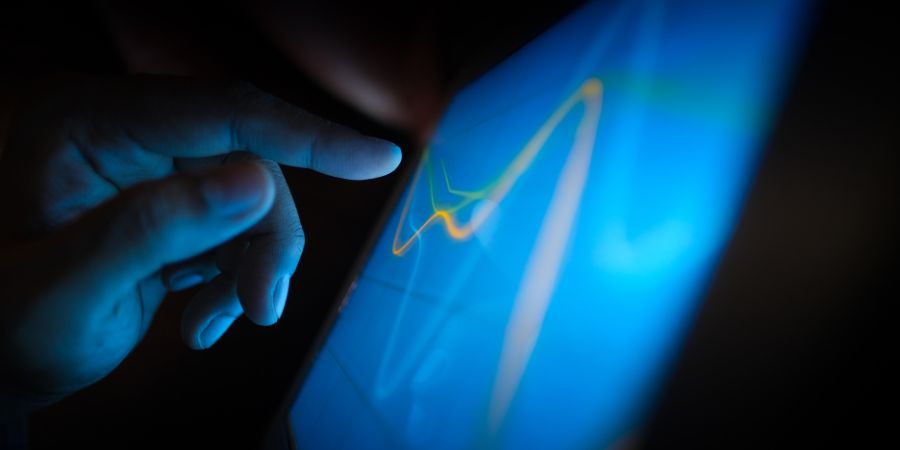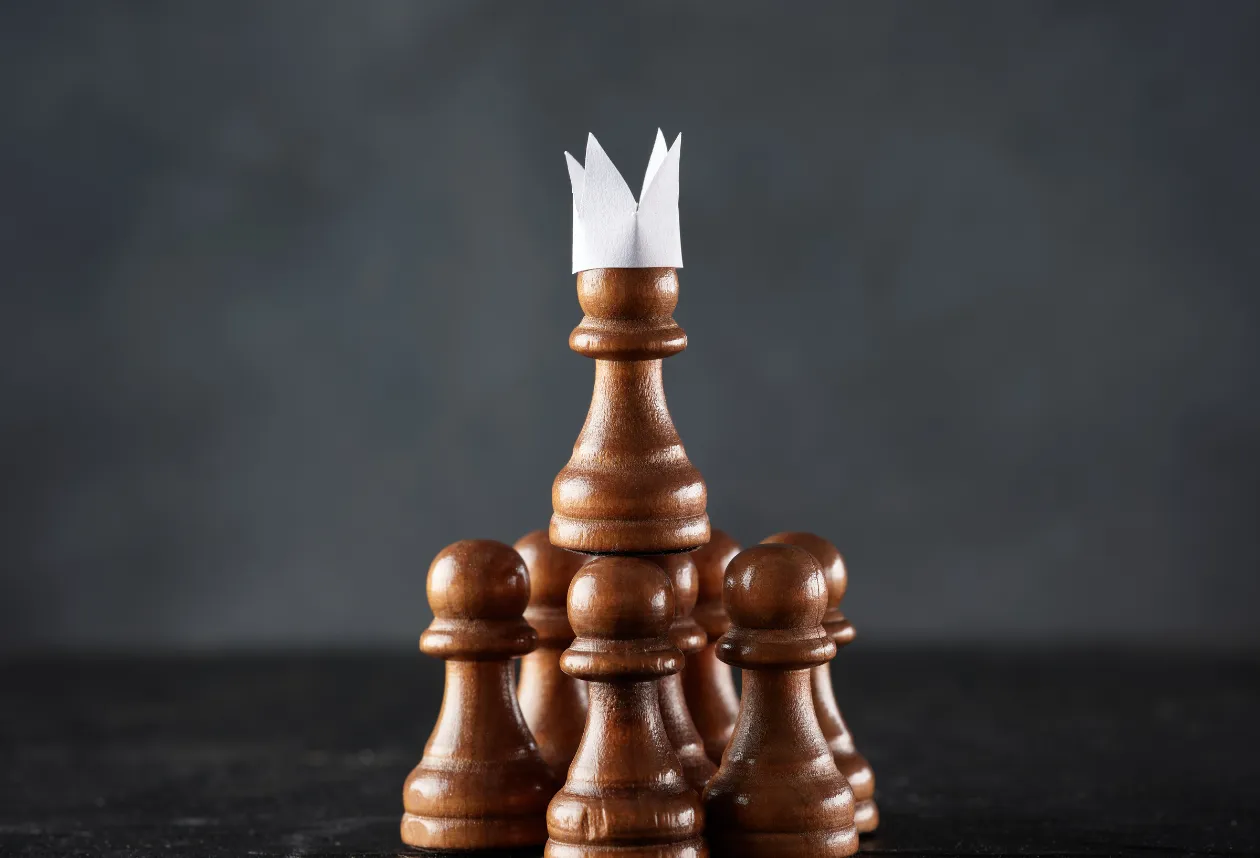If there’s one thing nearly all of us can agree on, it’s this: we spend a lot of time looking at screens. For work, for communication, for entertainment — screens dominate much of our waking hours. But as digital life becomes more embedded in our routines, an important truth is coming into focus: not all screen time is created equal.
Scrolling through a newsfeed out of habit isn’t the same as taking a five-minute brain break with an interactive game. Doomscrolling through anxiety-inducing headlines doesn’t deliver the same mental benefits as a short, low-pressure digital experience designed for calm and engagement.
Highroller blends structure and fun in a screen-based format, offering short, coin-based games that give users a refreshing way to engage their minds without stress. Platforms like this are changing the way we think about screen time, helping people enjoy digital moments that are intentional, relaxing, and even restorative.
The Problem Isn’t Screens — It’s How We Use Them
We’ve heard the warnings: “Too much screen time is bad for your brain.” And in some cases, that’s true. But most of those concerns come from passive, reactive, or overstimulating screen use — not from thoughtful digital engagement.
A study by the Greater Good Science Center at UC Berkeley found that screen time that involves intentional, interactive, and goal-oriented activity — such as learning, creating, or even casual gaming — can actually support emotional well-being and cognitive performance.
The takeaway: it’s not the screen that matters — it’s the quality of the interaction.
Redefining Digital Breaks
For many professionals, parents, creatives, and entrepreneurs, stepping away from work often means grabbing the phone. But instead of reaching for the same apps that drain our focus, more people are switching to short digital breaks that feel structured and rewarding.
Platforms like Highroller offer slot-style games with coin-based mechanics designed specifically for low-stress entertainment. There are no financial stakes, no complex learning curves, and no pressure — just short, satisfying play sessions that offer a clean mental break from work or stress.
This kind of experience supports what psychologists call “active rest” — a period where your brain gets to shift gears without shutting off entirely.
Why Smart Screen Time Beats Mindless Consumption
Here are a few key differences between mindless screen time and smart digital engagement:
❌ Mindless Screen Time:
- Often leads to overstimulation or mental fatigue
- Driven by habit rather than intention
- Offers no closure or reward structure
- Commonly leaves users feeling drained
✅ Smart Digital Engagement:
- Involves clear start and stop points
- Offers simple mental stimulation and reward
- Helps transition between tasks or decompress
- Leaves users feeling refreshed or uplifted
Think of it this way: a scroll through negative headlines may fill time, but it rarely adds value. A five-minute round on a structured gaming platform might actually help reset your brain and boost your mood — especially during a midday break or after a tough meeting.
Making Screen Time Work for You
The secret to using your screen time more effectively isn’t cutting it out completely — it’s about choosing activities that support your well-being.
Here are a few intentional ways to reshape your relationship with screens:
- Set a purpose for your breaks: Are you trying to relax, reset your focus, or lift your mood? Choose digital activities accordingly.
- Use structured platforms: Apps and games like Highroller are designed to deliver a positive experience in short, satisfying bursts
- Avoid infinite scrolls: Choose screen time with a clear endpoint to avoid falling into a digital black hole.
- Experiment with your rhythms: Try using intentional digital play as a buffer between high-focus work tasks or during natural breaks in your day.
Over time, you’ll begin to associate screen time with value, not just escape.
Digital Play as a Mental Reset
Short-form digital play is emerging as one of the simplest, most effective ways to get a mental refresh without fully disengaging. It’s especially valuable for people who:
Platforms like Highroller provide that structured reset — letting users enjoy a burst of fun, focus, and closure in just a few minutes. It’s a digital experience that doesn’t demand anything, and that’s precisely why it works so well.
- Need a break between creative or analytical tasks
- Want a stress-free way to shift out of work mode
- Prefer engaging over passive relaxation
Small Habits, Big Results
The way we use our screens every day may seem trivial, but over time, these habits shape our mental health, focus, and emotional energy. Choosing more mindful screen time — even if it’s just one or two sessions a day — can have a positive ripple effect on how we feel, work, and unwind.
Whether you’re managing a growing business, raising a family, or just trying to stay focused through the week, don’t underestimate the value of light, intentional digital play. It’s not about wasting time — it’s about reclaiming it.
Final Thoughts
Not all screen time is bad. In fact, some of it can be exactly what your mind needs to shift gears, recharge, and return stronger.
So the next time you find yourself reaching for your phone, ask yourself: “Is this helping me reset or just filling time?”
A five-minute, well-designed experience — like a quick game on a structured social platform — might be the smallest habit with the biggest impact on your focus and well-being.



